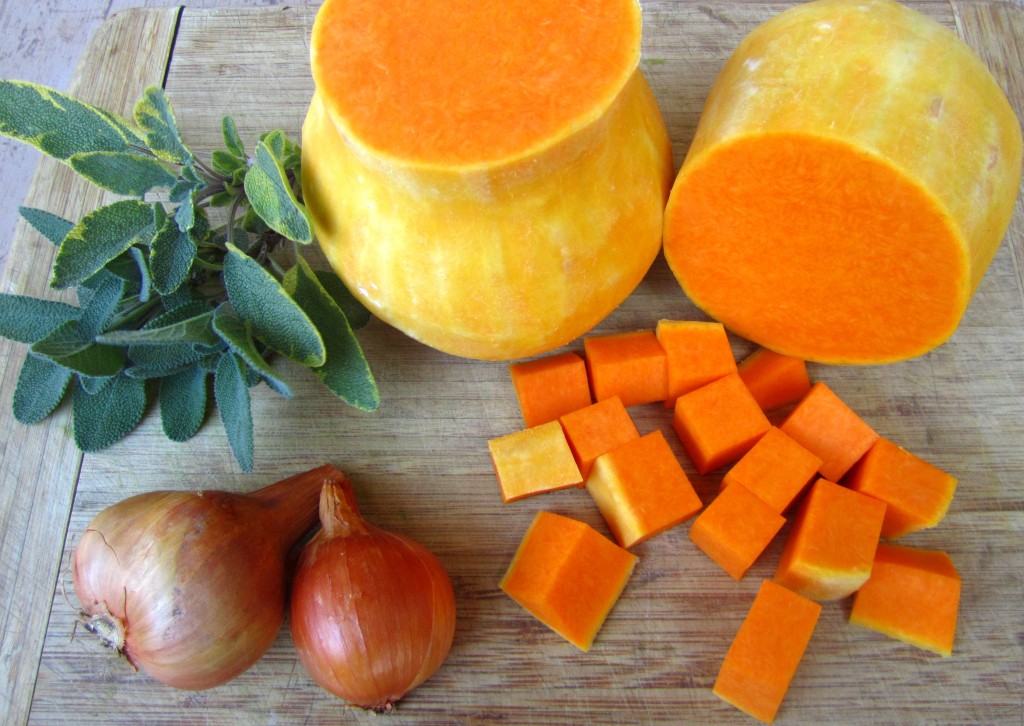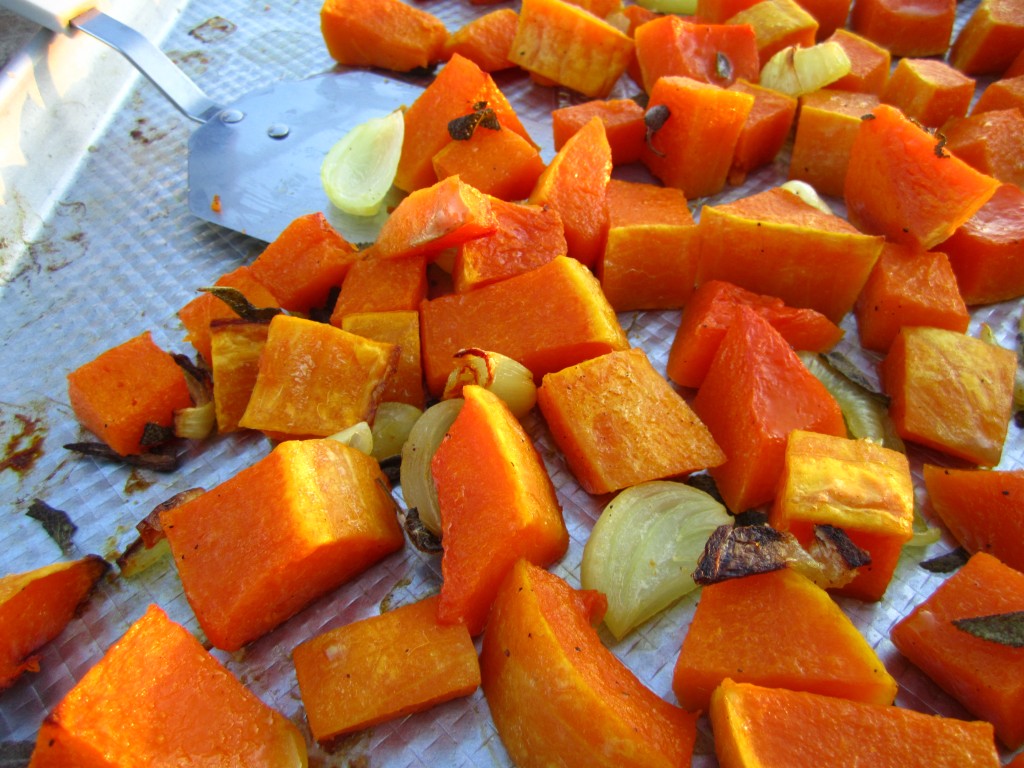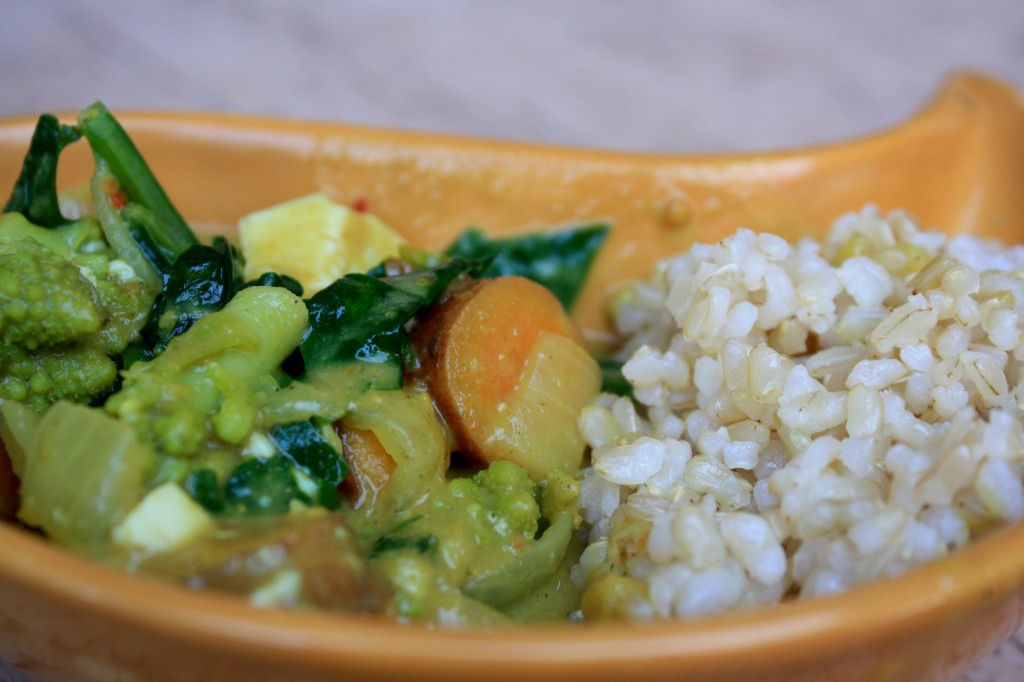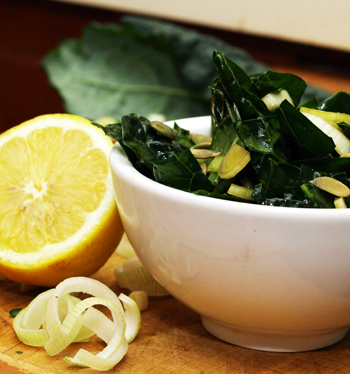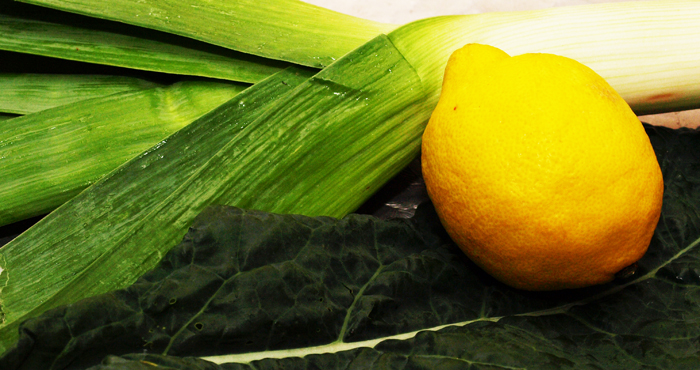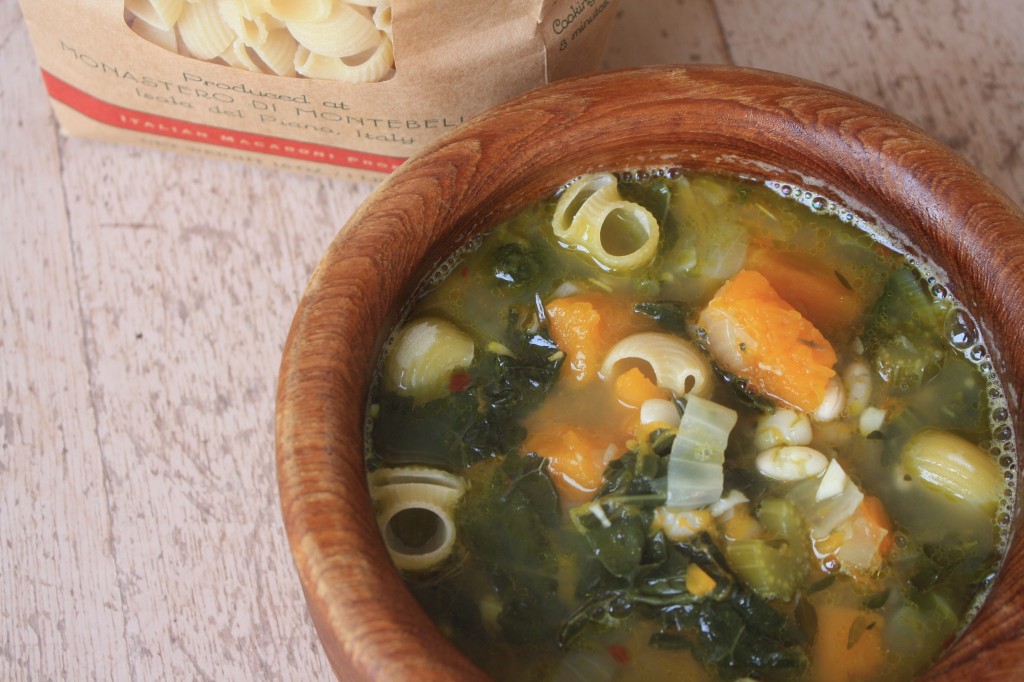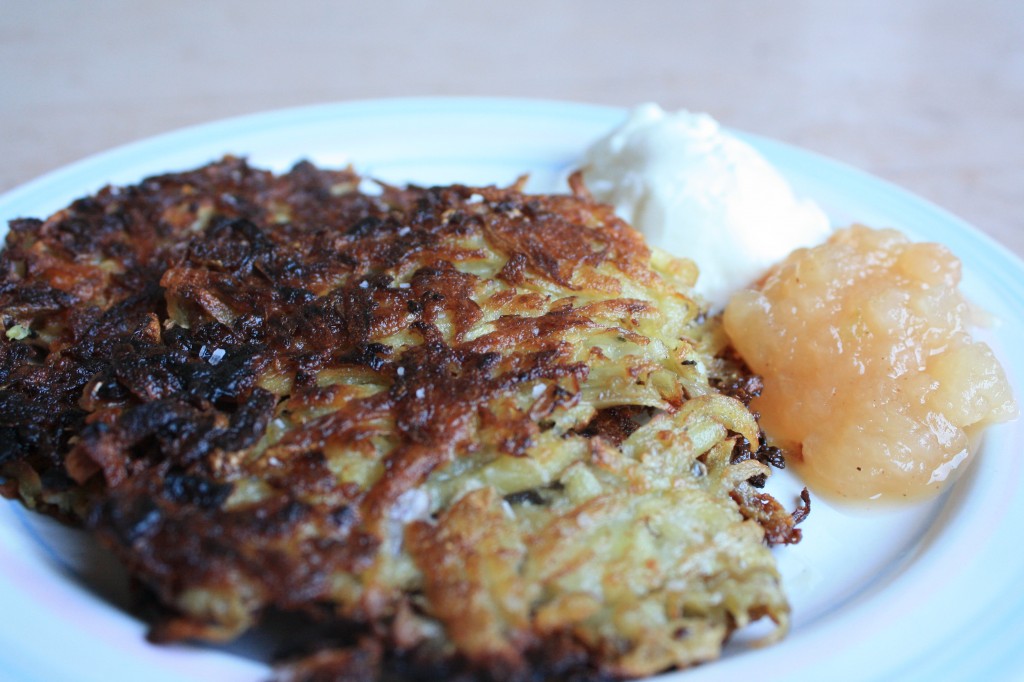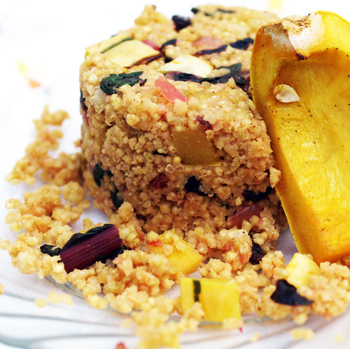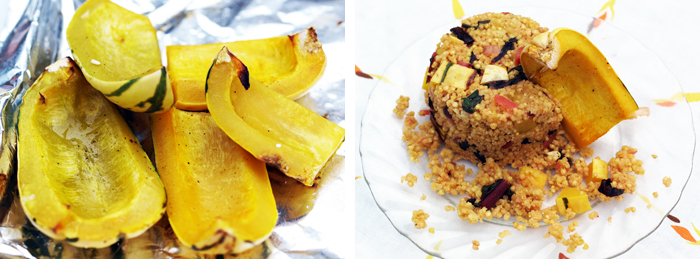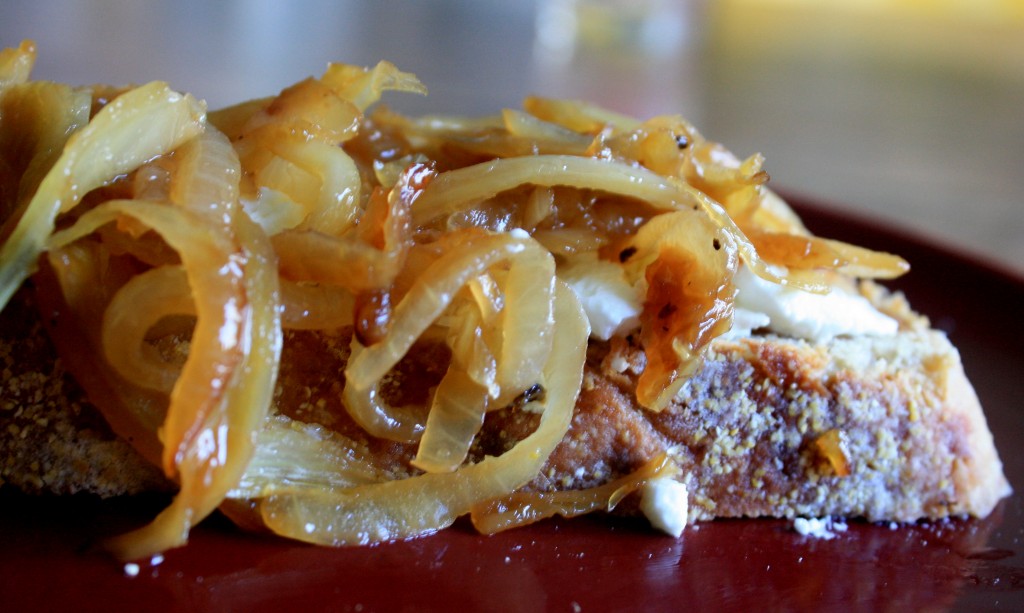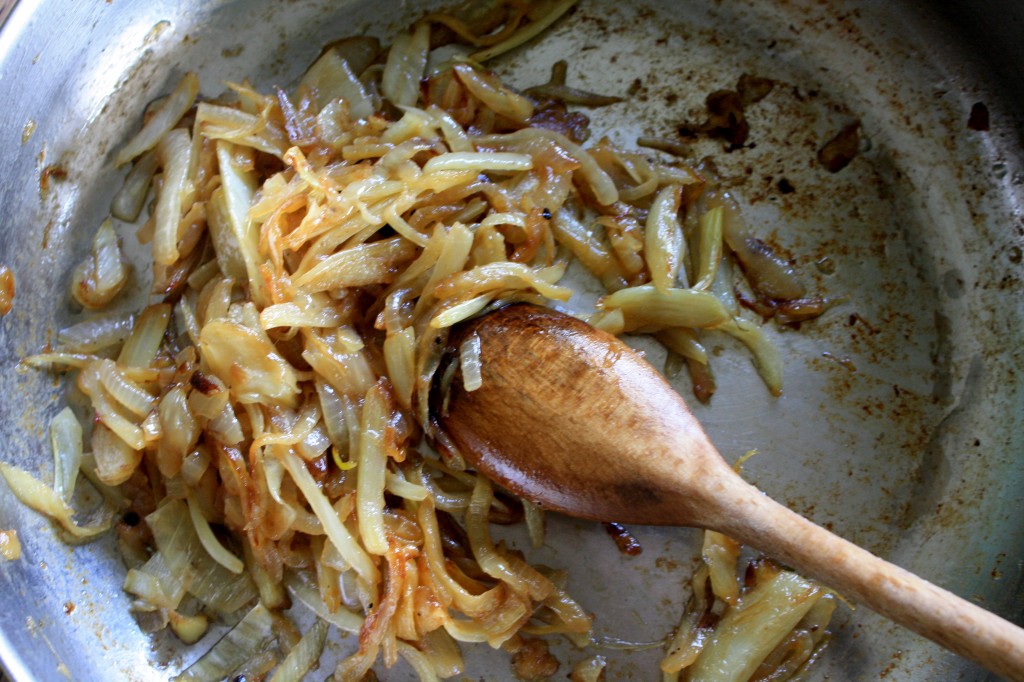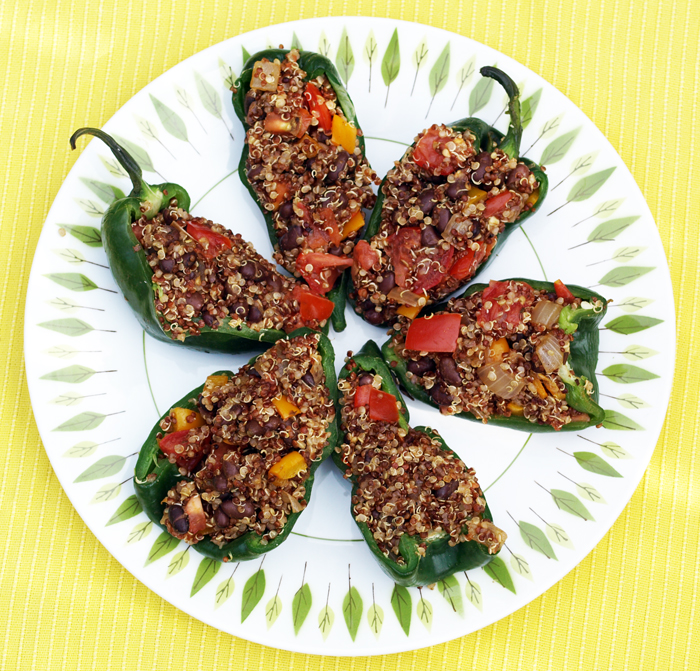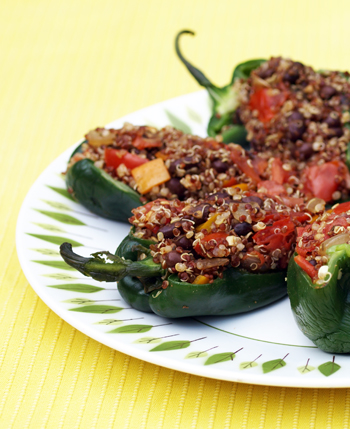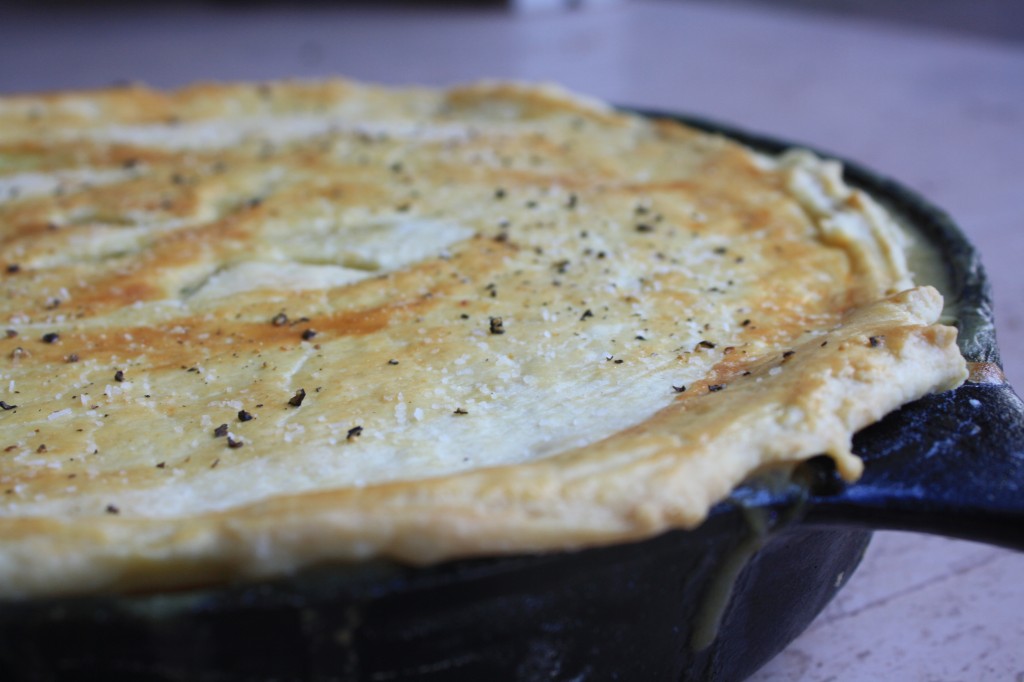Posted at 15:39h
in
Recipes
by bloomingglenfarm
At the Fall Fest on October 8th, over 80 CSA members and friends cast their vote for their favorite pie. Out of 10 delicious creative choices the voting was very close. The recipes for the top three pies are listed below, but other favorite entries included Rosemary Scented Caramel Apple Pie, Cinnamon Pumpkin Walnut Pie, Ginger Pecan Snap Pie, Buttermilk Pie and Peach Creme Fraiche.

Brian Smyth wins the 2011 Pie Bake-off Trophy
Almond, Walnut and Cashew Pie, 1st place, Brian Smyth, modified version of Joy of Cooking’s Pecan Pie.
Preheat the oven to 375F. Spread on a baking sheet:
2 cups mixed almonds, walnuts, cashews, coarsely chopped.
Toast the nuts in the oven, stirring occasionally, until golden and fragrant, 6 to 10 minutes.
Whisk until blended:
3 eggs
1 cup dark brown sugar
1 cup light corn syrup
5 tablespoons unsalted butter, melted
1 teaspoon vanilla
1/2 teaspoon salt
Stir in the toasted nuts.
Warm the pie crust in the oven until it is hot to the the touch, then pour in the filling. (The crust recipe: Pat-in-the-pan butter crust, Joy of Cooking.) Bake until the edges are firm and the center seems set but quivery, like gelatin, when the pan is nudged, 36 to 45 minutes. Let cool on a rack for at least 1 1/2 hours. Serve warm or at room temperature.
Orange Mascarpone Pumpkin Pie, 2nd place, Michelle Guerriero.
Preheat oven to 325 degrees. In a 10-in pie pan, stir together 2 cups finely crushed gingersnap crumbs (about 32-40 gingersnaps) with 6 tablespoons unsalted butter, melted and press into a crust. Bake until set, about 6 minutes. Set aside. Increase heat to 350 degrees.
Beat 4 oz. room temperature cream cheese, 8 oz. mascarpone cheese and 2/3 cup sugar in a large bowl until smooth.
Add 3 eggs one at a time, beating for 30 seconds after each egg.
Add the following and mix until smooth:
1 can pumpkin puree (15 oz)
1 teaspoon Grand Marnier or other orange-flavored liquer
1 1/2 teaspoon freshly grated orange zest
1 teaspoon freshly grated lemon zest
1 teaspoon cinnamon
1 teaspoon ground ginger
1/2 teaspoon freshly ground nutmeg
1/4 teaspoon salt
Pour filling into crust and bake until edges are firm but center still jiggles a bit, 45-50 minutes (bake any extra filling in ramekins). Cool to room temperature, then chill at least 6 hours and up to overnight.
When ready to serve, beat 1 cup heavy whipping cream, 1/2 cup creme fraiche, remaining 2 teaspoon sugar, and 1 teaspoon freshly grated orange zest* in a large bowl until soft peaks form. Spread whipped cream on pie.
*Could also use 1 teaspoon Grand Marnier instead of orange zest in whipped cream.
Top with any extra gingersnap crumbs and/or freshly grated orange zest for garnish.
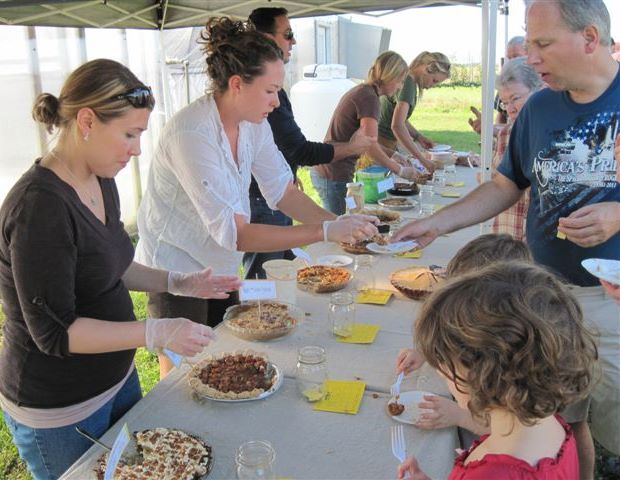
Tasting the pies!
Hickory Chickory Pie, 3rd place, Cindy Myers-Long, modified recipe from Fine Cooking, 9/1/11.
Use your favorite pie dough recipe.
Make the pie dough. Position a rack in the center of the oven and heat the oven to 425°F. Line the piecrust with foil and fill with dried beans or pie weights. Bake for 15 minutes. Remove the foil and weights. Reduce the oven temperature to 375°F and continue baking until the bottom looks dry and the edges are golden, 5 to 7 minutes more. Cool on a rack while you prepare the filling. Reduce the oven temperature to 325°F and put a large, rimmed baking sheet on the oven rack.
Make the filling:
-Combine 1/4 cup Dandy Blend Instant Herbal Beverage with Dandelion purchased at Queen’s Health Food store (or other brand ground chickory coffee) and 1/2 cup plus 2 tablespoons heavy cream in a 1-quart saucepan and heat over medium heat just until small bubbles form at the edge of the cream, 3 minutes.
-Stir, remove from the heat, and steep for 10 minutes. Strain and reserve.
-Put 8 large egg yolks in a medium heatproof bowl set on a kitchen towel and add 1 teaspoon pure vanilla extract.
-Combine 2/3 cup packed light brown sugar, 4 oz. (1/2 cup) unsalted butter, cut into 4 pieces, 1/2 cup light corn syrup, coffee and cream mixture, and 1 teaspoon kosher salt in a 1-quart saucepan.
-Heat over medium heat just until the butter is melted and the mixture is hot but not boiling, 3 to 5 minutes.
-Whisking vigorously and constantly, very slowly pour the hot sugar mixture into the yolks.
-Strain through a fine strainer set over a 1-quart measuring cup.
Fill and bake the pie:
-Spread 1 1/2 cups hickory nuts (or pecans) evenly in the piecrust. Slowly pour the filling over the pecans. Tip: Pour the filling over the nuts in a slow, spiral motion; if you go too fast, the nuts may move, leaving gaps in the finished pie.
-Put the pie on the baking sheet and bake until the center of the pie is slightly firm to the touch and the filling doesn’t wobble when the pie is nudged, 35 to 40 minutes.
-Let cool for at least 1 hour before serving. Serve with chickory (or coffee) flavored whipped cream.





